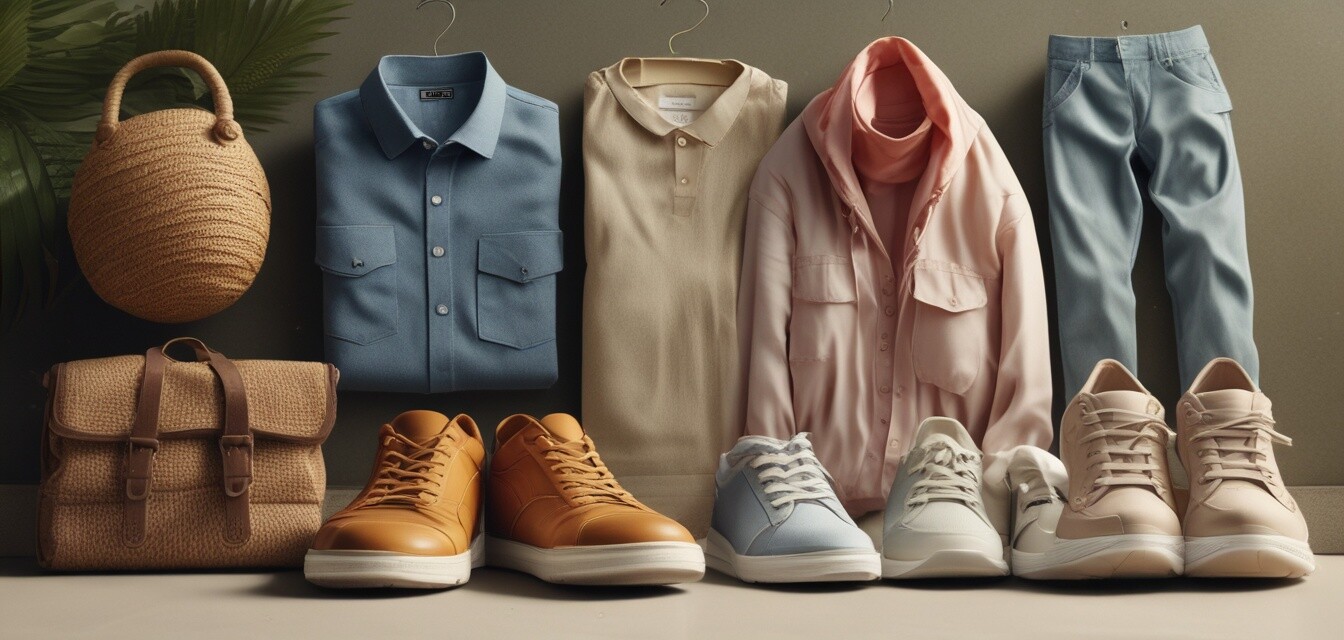
How to dress for allergy season
Key Takeaways
- Opt for lightweight, breathable fabrics to minimize discomfort.
- Choose allergy-friendly materials such as cotton and moisture-wicking fabrics.
- Avoid outdoor clothing that traps pollen, like fleece and wool.
- Accessorize smartly with sunglasses and hats to protect against allergens.
- Layer your clothing for adaptability to changing weather conditions.
As allergy season approaches, dressing appropriately is essential to minimize your exposure to allergens while maintaining comfort and style. In this guide, we will explore effective tips and strategies on how to choose the right clothing during this time. From selecting the best fabrics to layering correctly, these insights will empower you to tackle allergy season head-on.
Why clothing matters during allergy season
The clothing you wear plays a significant role in your comfort during allergy season. Allergens like pollen can cling to your clothes and skin, which can exacerbate allergy symptoms. By selecting the right clothing materials and styles, you can reduce your exposure and feel more at ease.
Best clothing materials for allergy season
Understanding which fabrics are best suited for allergy season is crucial. Here’s a breakdown of materials to consider and avoid:
| Material | Pros | Cons |
|---|---|---|
| Cotton | Soft, breathable, and hypoallergenic | Can retain moisture |
| Polyester | Wicks moisture away and dries quickly | Can retain heat and static |
| Linen | Lightweight and breathable | Wrinkles easily |
| Wool | Warm and cozy | Traps pollen and dust |
| Fleece | Warm and comfortable | Traps allergens and is difficult to clean |
Layering for adaptability
By layering your clothing, you can easily adapt to changing weather conditions while still providing a barrier against allergens. Here are some layering tips:
- Base Layer: Start with a lightweight, moisture-wicking base layer to keep you comfortable during various activities.
- Middle Layer: Choose a breathable shirt that can be adjusted based on temperature.
- Outer Layer: A light jacket or windbreaker can block out allergens while providing protection from the elements.
Accessorizing for allergy protection
Accessories can also play a role in reducing allergen exposure. Here are some recommended items:
Must-have accessories
- Sunglasses: Protect your eyes from pollen and reduce irritation.
- Hats: A wide-brimmed hat can shield your face and neck from allergens.
- Scarves: Use a scarf to cover your mouth and nose if you’re in a particularly pollen-heavy area.
- Breathable footwear: Choose shoes that allow for ventilation, helping to keep your feet comfortable during walks or outdoor activities.
Conclusion
Dressing properly for allergy season can make a significant difference in your comfort and well-being. By choosing the right materials, layering your clothing, and accessorizing wisely, you can minimize allergen exposure and stay comfortable without sacrificing style. For more tips and practices related to seasonal allergies, check out our< a href="/blog/tips-and-best-practices">Tips and Best Practices category.
Pros
- Comfortable it helps alleviate allergy symptoms.
- Stylish choices allow personal expression.
- Effective layering helps adapt to weather changes.
Cons
- Choosing the wrong fabrics can exacerbate allergies.
- Some allergy-friendly materials may be costlier.
Ultimately, the goal is to take control of your environment and personal comfort during allergy season. For more resources on managing your allergies, explore our Allergy Medications and Air Purifiers categories for helpful products that can enhance your quality of life.